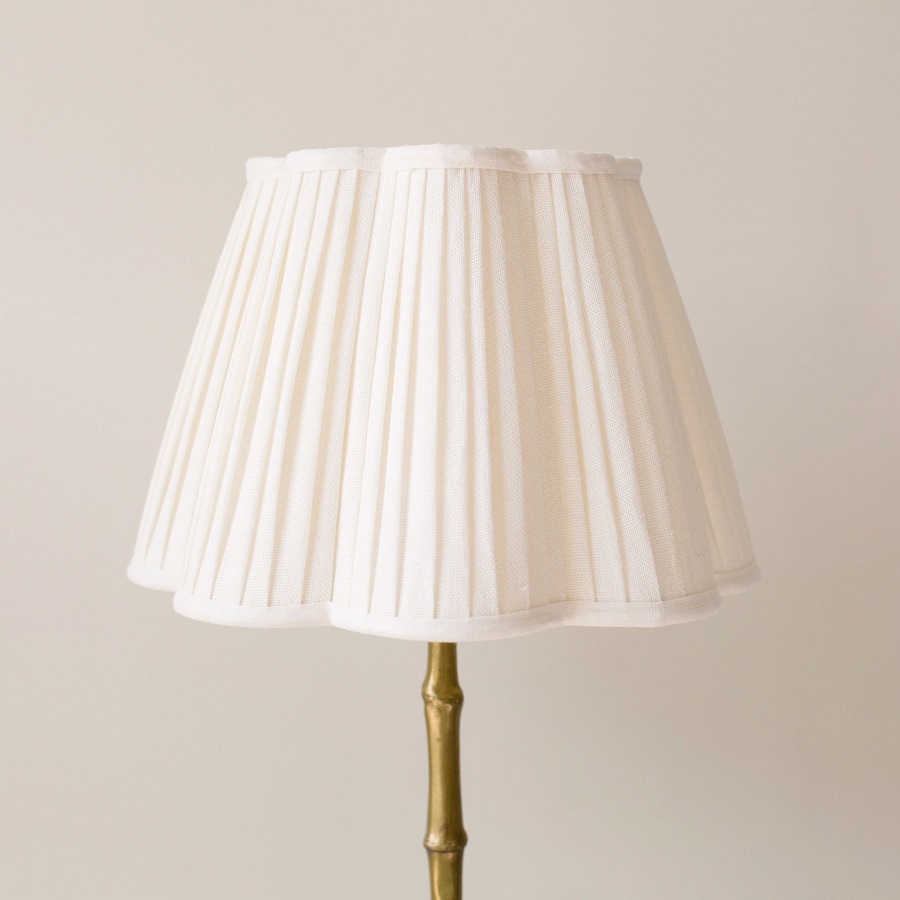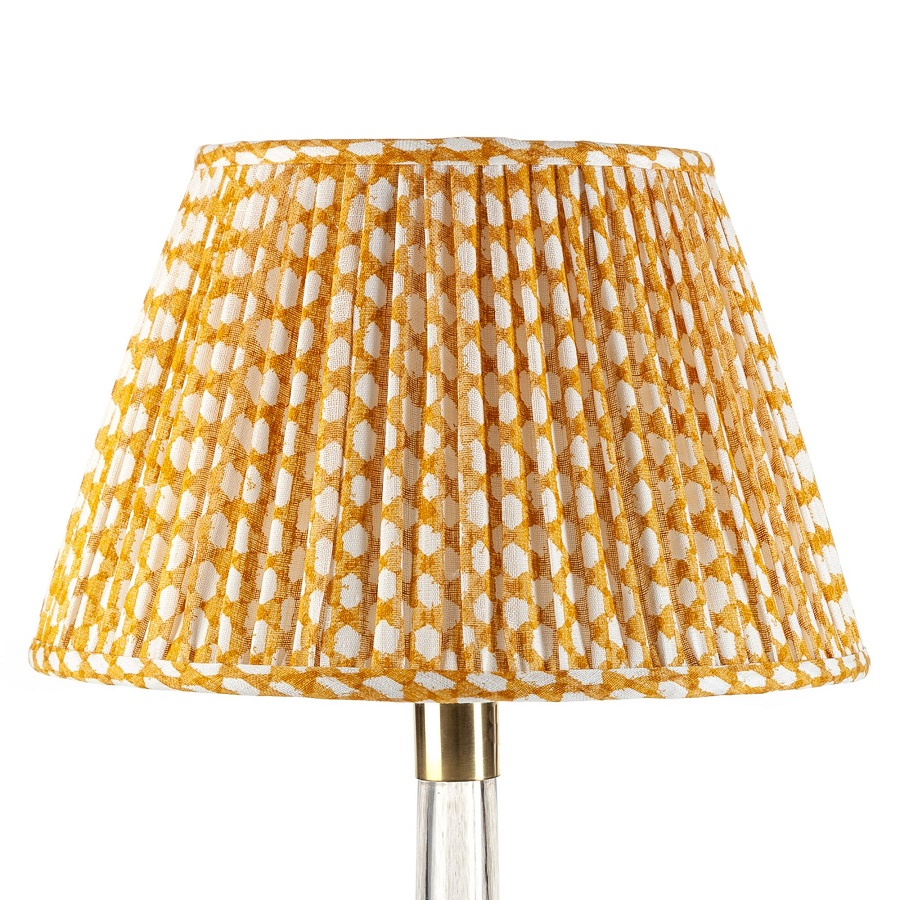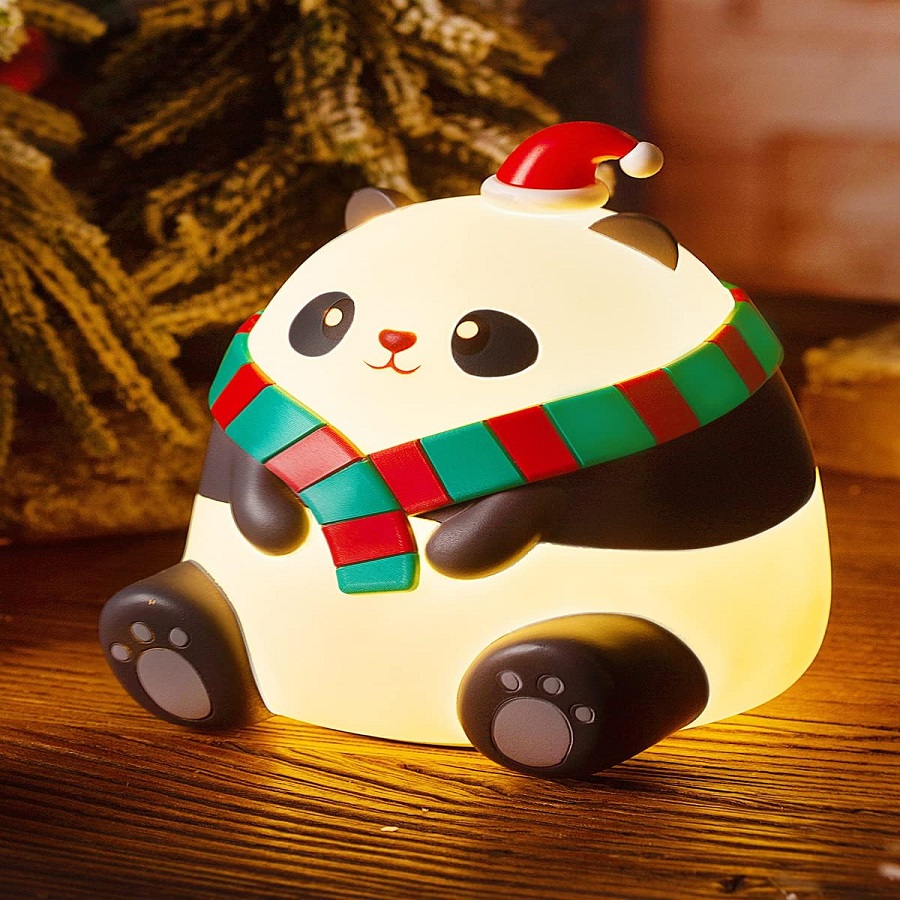Introduction
Lampshades are often seen as mere functional accessories, quietly providing illumination to our spaces. However, they possess the remarkable ability to transform a room, infusing it with character, ambiance, and artistic expression. The art of lampshade design is a fascinating intersection of functionality, aesthetics, and creativity, where light and style gracefully converge.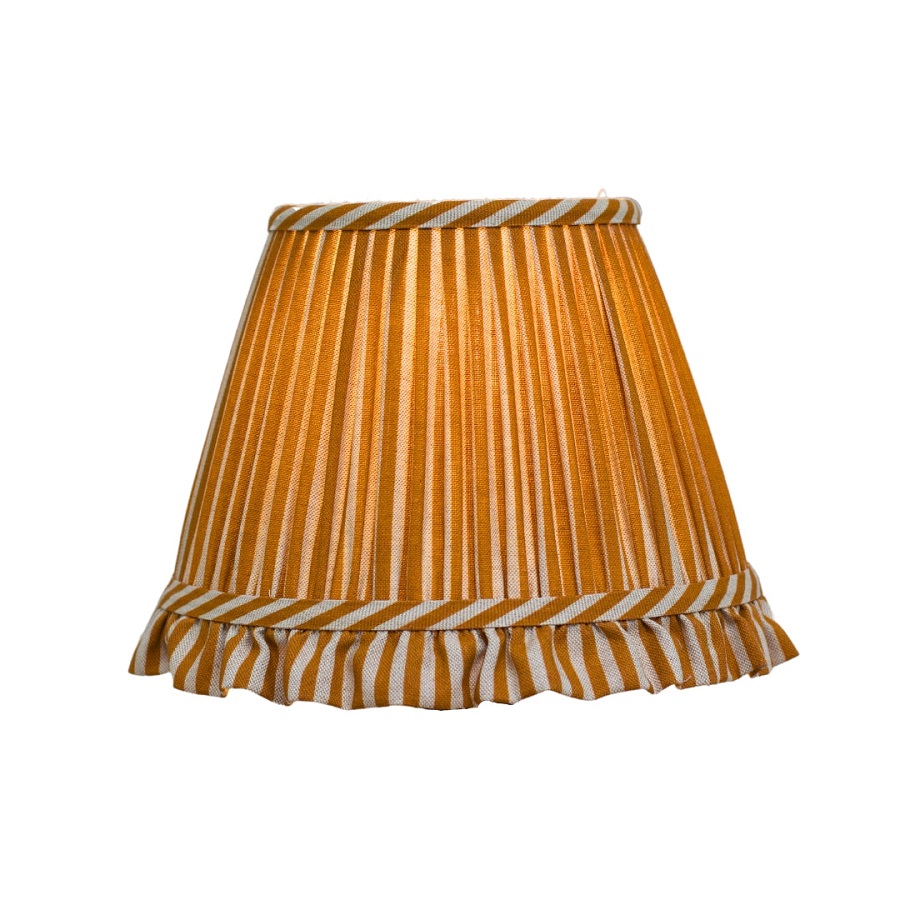
The Historical Context of Lampshade Design
Understanding the modern art of lampshade design requires a brief journey through history. Lampshades have been utilized for centuries, dating back to the early use of oil lamps. These functional items evolved as electric lighting became more common in the late 19th and early 20th centuries. The Victorian era introduced ornate designs, often embellished with luxurious fabrics, intricate detailing, and a focus on craftsmanship.
As interior design trends changed, so did lamp designs. The Art Deco movement of the 1920s and 1930s celebrated geometric patterns and bold colors, leading to lampshades that were both glamorous and modern. In contrast, the mid-20th century leaned toward minimalist designs that embraced clean lines and simplicity. Today, with the rise of technology and sustainability, lampshade design continues to evolve, incorporating innovative materials and eco-friendly practices.
The Functionality of Lampshades
Before delving into the aesthetic attributes, it’s crucial to understand the practical role of lampshades. A well-designed lampshade serves multiple functions:
- Diffusion of Light: Lampshades diffuse and soften light, reducing harsh glares and creating a warm, inviting atmosphere. Different materials—such as fabric, glass, or paper—can affect the quality of light, with lighter colors providing a softer glow and darker shades creating more intimate lighting.
- Direction of Light: Depending on their shape and design, lampshades can direct light effectively. Upward-facing shades create ambient lighting, while downward-facing shades are suitable for task lighting—ideal for reading or working.
- Protection of Bulbs: Lampshades also play the practical role of protecting light bulbs and fixtures, preventing glare and ensuring safety. They serve as a barrier that minimizes the direct contact of light emissions with the surrounding environment.
The Aesthetic Aspect of Lampshade Design
The aesthetic component of lampshade design is where creativity flourishes. A thoughtfully designed lampshade can become the focal point of a room, showcasing individuality and taste. Here are several elements to consider when exploring the art of lampshade design:
- Material Choices: The material used significantly influences both the aesthetics and functionality of a lampshade. Fabric shades, from silk to linen, provide a soft, warm texture; glass shades can lend a sleek, modern appearance; while metal shades offer an industrial vibe. The choice of material sets the tone for the entire space.
- Color and Pattern: Color psychology plays a vital role in designing lampshades. Warm colors, such as reds and yellows, can energize a space, while cool colors, like blues and greens, evoke calmness. Patterns—from floral prints to geometric designs—can complement or contrast the existing décor, adding depth and visual interest.
- Shape and Size: The shape of a lampshade can dramatically influence the perception of space. Tall, narrow shades can elevate a room, making it feel more sophisticated, while wide, round shades can create a cozy atmosphere. Scale is equally important; an oversized lampshade can serve as a bold statement piece, whereas smaller shades can complement existing furnishings without overwhelming the space.
- Style and Theme: Each room has its unique theme, whether it be modern, vintage, rustic, or eclectic. Matching lampshade designs to the overall style of the room can elevate the space. For instance, a vintage fabric lampshade can enhance a retro-inspired living room, while a sleek, metallic shade may suit a contemporary office.

Sustainable Practices in Lampshade Design
As the world increasingly focuses on sustainability, lampshade design is no exception. Designers are finding innovative ways to create eco-friendly shades, which are not only visually appealing but also contribute to environmental conservation. Some approaches include:
- Recycled Materials: Utilizing recycled materials—such as reclaimed wood, upcycled textiles, or repurposed metal—can reduce waste and minimize the environmental impact of production.
- Energy-Efficient Designs: Incorporating energy-efficient lighting solutions, like LED bulbs, can complement sustainable lampshade designs. LEDs consume less energy and have a longer lifespan than traditional bulbs, leading to lower energy consumption.
- Local Craftsmanship: Supporting local artisans and craftsmen can promote sustainable practices while contributing to the economic growth of communities. Handmade lampshades often incorporate traditional methods and materials, resulting in unique and one-of-a-kind pieces.
DIY Lampshade Projects
For those who enjoy crafting and personalization, creating your own lampshade can be a rewarding endeavor. A DIY lampshade allows you to tailor the design to fit your specific style and preferences. Here are a few creative projects to consider:
- Fabric-Covered Shades: Select a fabric that resonates with your existing décor. Cut the fabric to size and adhere it to a plain lampshade using fabric glue or spray adhesive. This is an excellent way to incorporate seasonal changes or update a tired lamp.
- Painted Shades: For a more artistic approach, use fabric paint or spray paint to create custom designs on a plain lampshade. The result can range from abstract art to intricate patterns, allowing you to express your unique style.
- Natural Elements: Incorporating natural materials like twine, dried flowers, or leaves can create a rustic or bohemian effect. Wrap twine around a wired frame or glue dried flowers onto a fabric shade for an earthy, organic feel.
The Future of Lampshade Design
As we look to the future, the art of lampshade design will undoubtedly continue to evolve. With advances in technology, such as smart lighting systems, we can expect more interactive and customizable lampshades, combining aesthetic appeal with functionality and convenience. Innovations in sustainable materials and practices will also play a vital role in shaping the designs of tomorrow.
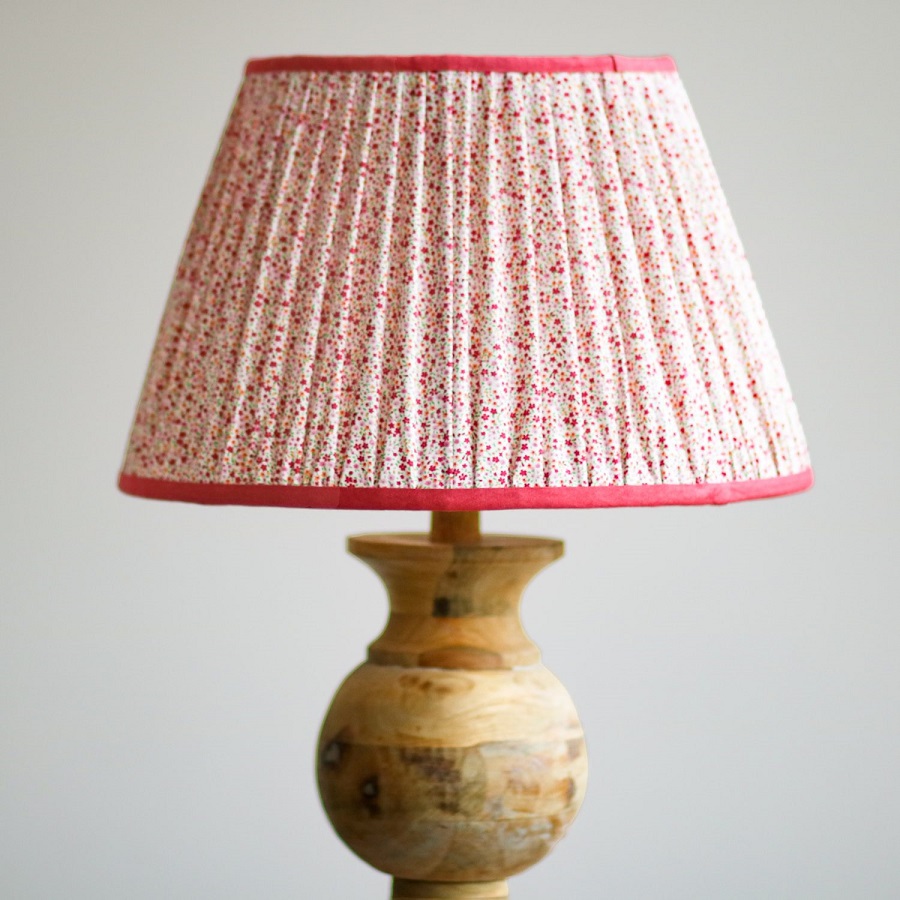
Understanding the Basics: The Function of a Lampshade
Before diving into the specifics of size, shape, and material, it’s essential to understand the primary functions of a lampshade:
- Diffusion of Light: Lampshades soften and distribute the light emitted from a bulb, creating a warm and inviting glow in the room.
- Protection of the Bulb: A lampshade acts as a barrier, shielding the eyes from the brightness of the bulb and reducing glare.
- Aesthetic Appeal: The design of a lampshade can enhance the overall decor of a room, tying together various elements of interior design.
Choosing the Right Size
Height and Diameter
Choosing the appropriate size for your lampshade is one of the most crucial steps. Generally, a lampshade should be roughly proportional to the lamp base and the height of the table or floor it accompanies. Here are a few guidelines:
- Table Lamps: The shade should be about 1/3 the height of the lamp. A common rule is that the total height of the lamp (base and shade) should average approximately 58 to 64 inches when placed on a table. Common diameters for shades range from 10 to 20 inches, depending on the scale of the space.
- Floor Lamps: For floor lamps, the shade should be about 1/4 to 1/3 of the height of the entire lamp. For a standard 60-70 inch tall floor lamp, a lampshade of 18 to 24 inches in width is often appropriate.
- Ceiling Lamps: If you’re choosing a lampshade for a ceiling fixture, the size varies based on the room ceiling height and the fixture’s mounting height. Generally, the bottom of the lampshade should be at least 30 inches from the floor to ensure safety and adequate light diffusion.
Proportions Matter
While standard measurements can guide you, personal taste and room proportions may influence your choice. For smaller spaces, opt for compact shades that don’t overwhelm the area; for larger, open spaces, oversized shades can make a bold statement.
Understanding Shape
Lampshades come in various shapes, each affecting the light distribution and overall aesthetic of your space. Here are some of the most common shapes:
Drum Shades
Appearance: Straight sides, cylindrical shape.
Light Diffusion: Provides a uniform distribution of light.
Suitability: Works well in contemporary and modern homes. Ideal for table and floor lamps.
Empire Shades
Appearance: Tapered sides, wider at the top than at the bottom.
Light Diffusion: Angles light downwards effectively.
Suitability: Suitable for traditional decor, these shades create an elegant look, making them a classic choice for bedside lamps.
Bell Shades
Appearance: Curvy design that resembles the shape of a bell.
Light Diffusion: Softens and diffuses light beautifully.
Suitability: Adds an element of sophistication and works well with vintage or transitional styles.
Torchiere Shades
Appearance: Open at the top, often resembling a bowl.
Light Diffusion: Directs light upward, creating ambient lighting.
Suitability: Perfect for floor lamps that require a soft glow to illuminate a room rather than focused light.
Material Matters
The material of your lampshade can influence both the style and functionality of your lamp. Each material comes with its distinct characteristics:
Fabric Shades
- Pros: Available in many colors and patterns; softens light well; great for creating a cozy atmosphere.
- Cons: May be more challenging to clean; can fade over time with exposure to sunlight.
Glass Shades
- Pros: Provides a modern look; easy to clean; allows for maximum light transmission; ideal for task lighting.
- Cons: Can be heavier and more fragile than fabric shades.
Paper Shades
- Pros: Lightweight and cost-effective; available in numerous designs; can create a rustic or quaint feel.
- Cons: Not very durable; can yellow over time and is often less effective at diffusing light.
Metal Shades
- Pros: Offer a sleek, contemporary look; durable; effective at directing light.
- Cons: Can create a harsh lighting environment if not combined with a good bulb or additional diffusers.
Natural Materials
- Examples: Rattan, bamboo, or woven fibers.
- Pros: Eco-friendly; add texture and warmth to the room.
- Cons: Can be more costly and variable in quality.
Considering Color and Pattern
The color and pattern of a lampshade can also impact your decor. Here are some tips:
- Neutral Colors: Ideal for versatility, allowing you to switch out accessories in a room without needing to change the lampshade.
- Bold Colors: Great for making a statement and drawing attention.
- Patterns: Floral, geometric, and abstract patterns can add visual interest, so consider your overall theme before choosing.
Additional Tips for Choosing the Perfect Lampshade
- Layering Lights: Consider how your lampshade fits into the broader lighting scheme. Layering different sources (ambient, task, and accent lighting) will help create a well-balanced atmosphere.
- Switching Bulbs: The type of bulb you use will affect how the lampshade looks in a room. Warm white bulbs create a cozy atmosphere while daylight bulbs produce a crisp, clean lighting effect.
- Try Before You Buy: If possible, take the lamp and base with you when shopping for a lampshade. This can help you visualize how different options will look together.
- Mix and Match: Don’t be afraid to mix different shapes, sizes, and colors to find a pleasing combination. The contrast can add layers and depth to your space.
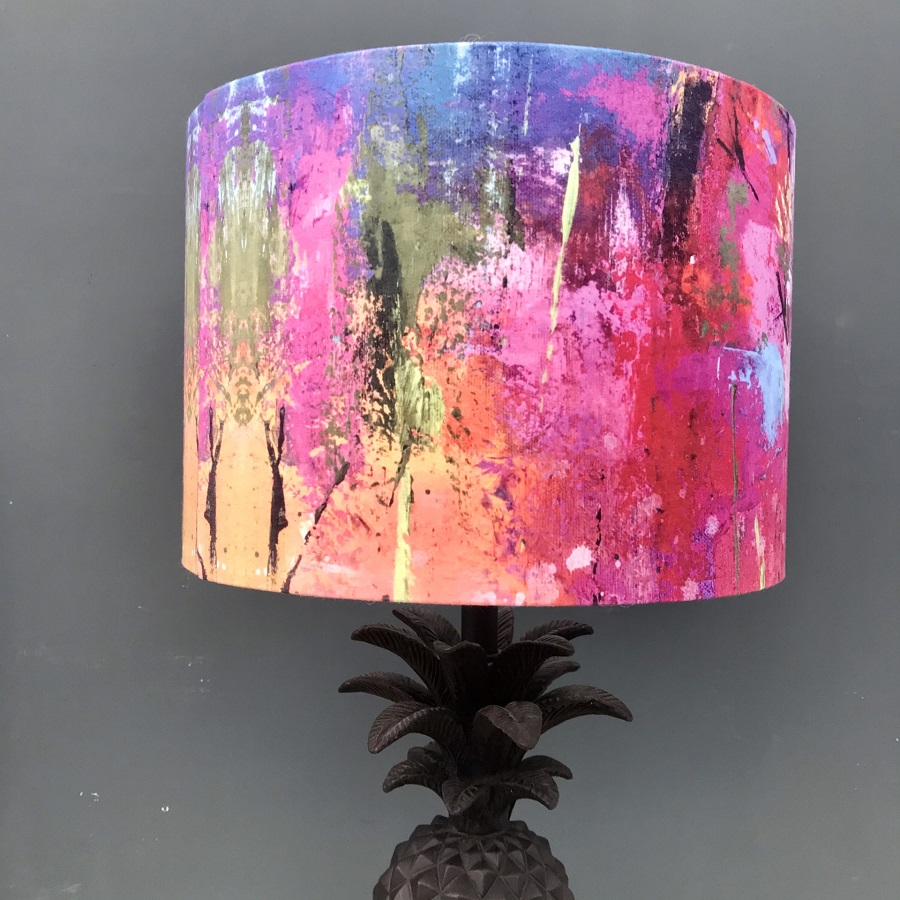
In conclusion
Lampshade design is a captivating blend of art and utility. From historical influences to modern innovations, each lampshade has the potential to enhance both light and style within our homes. By understanding the significance of material, color, shape, and sustainability, we can appreciate and embrace the transformative power of lampshades in our living spaces. Whether through professional craftsmanship or DIY projects, the world of lampshades invites us to illuminate not just our rooms, but our lives with creativity and flair.
